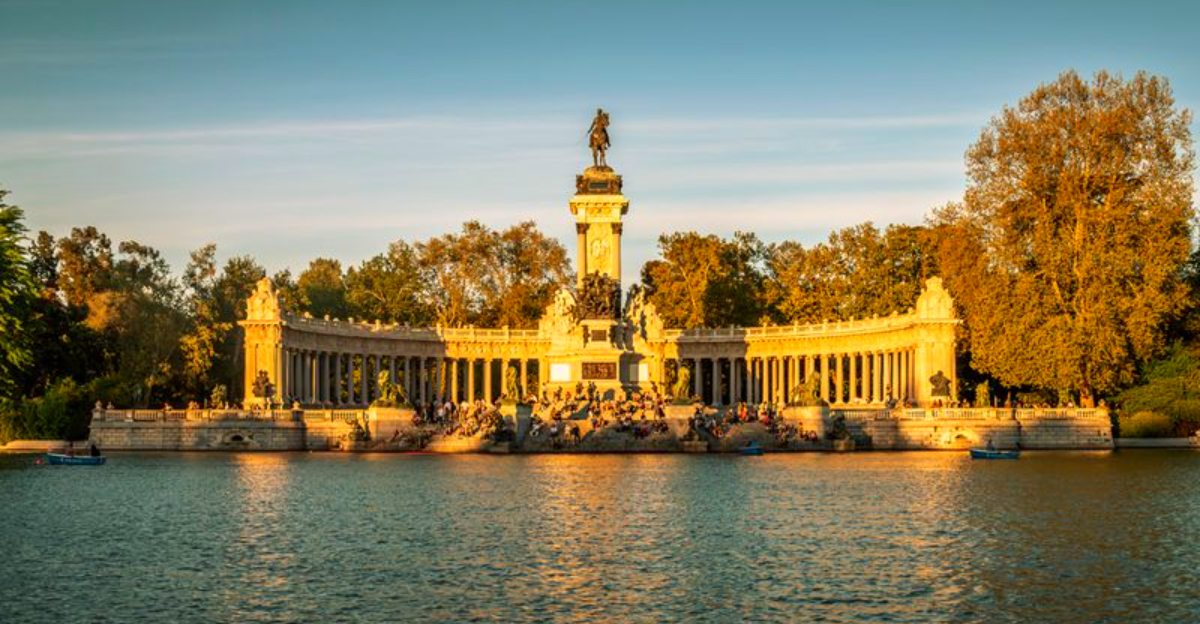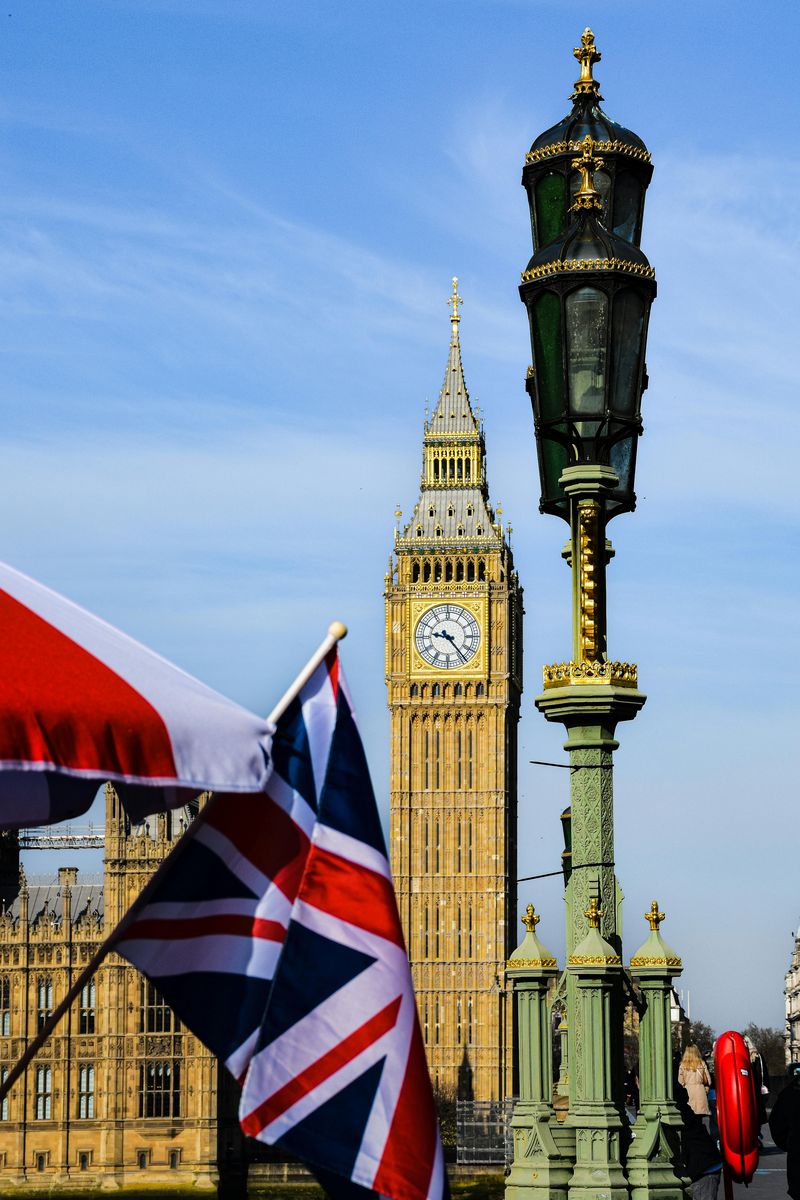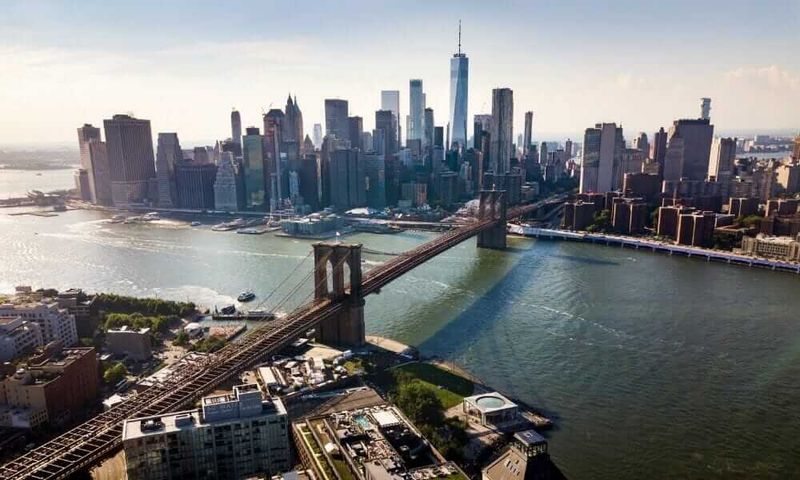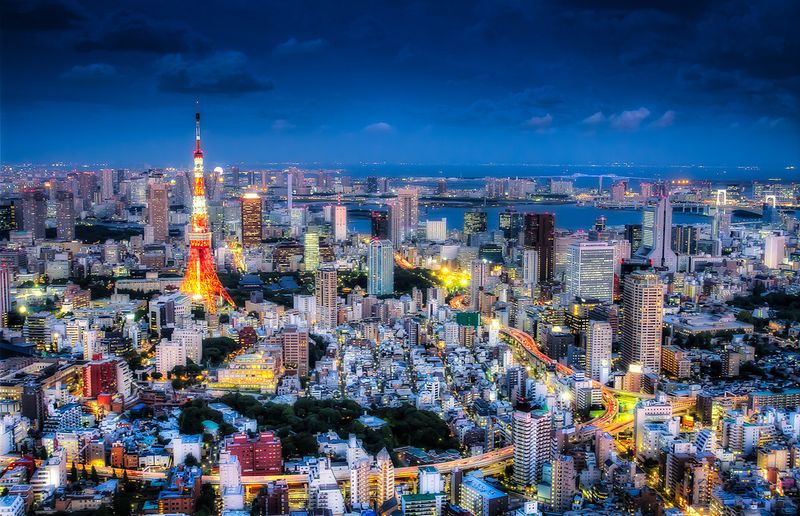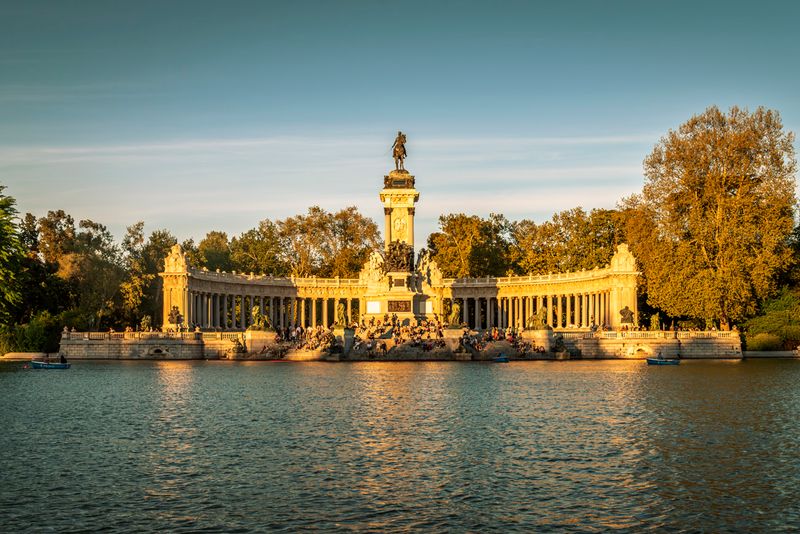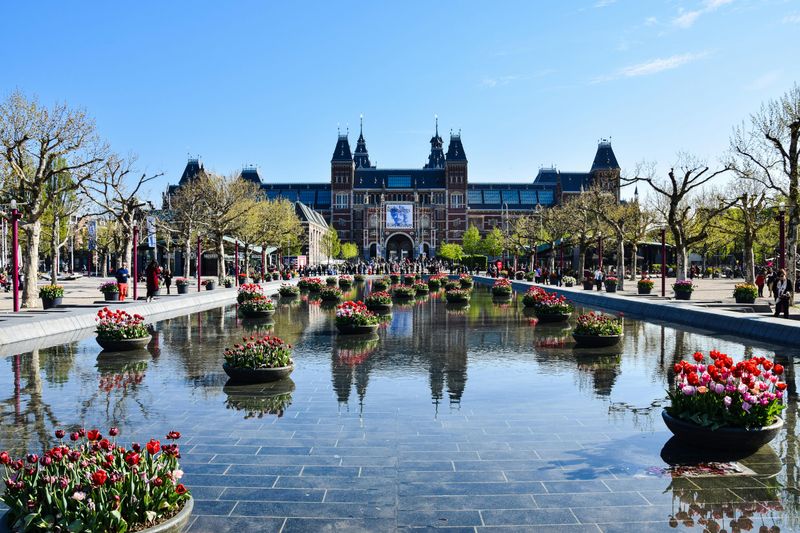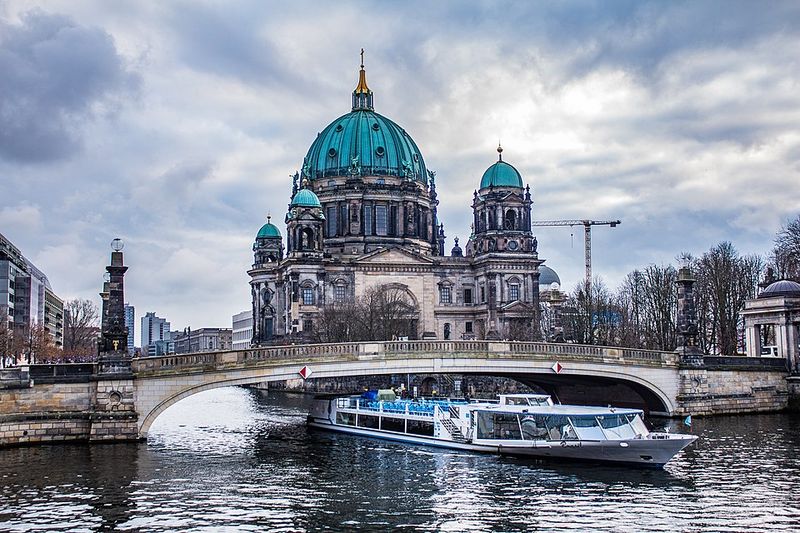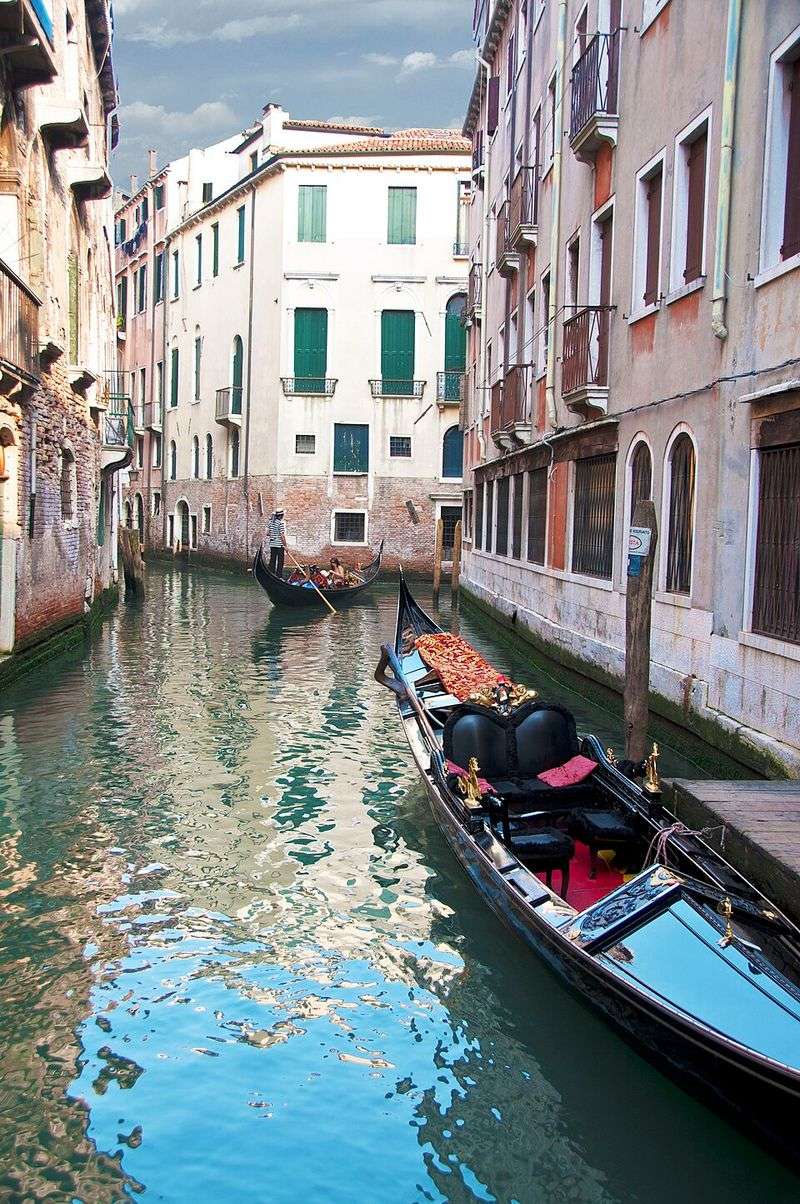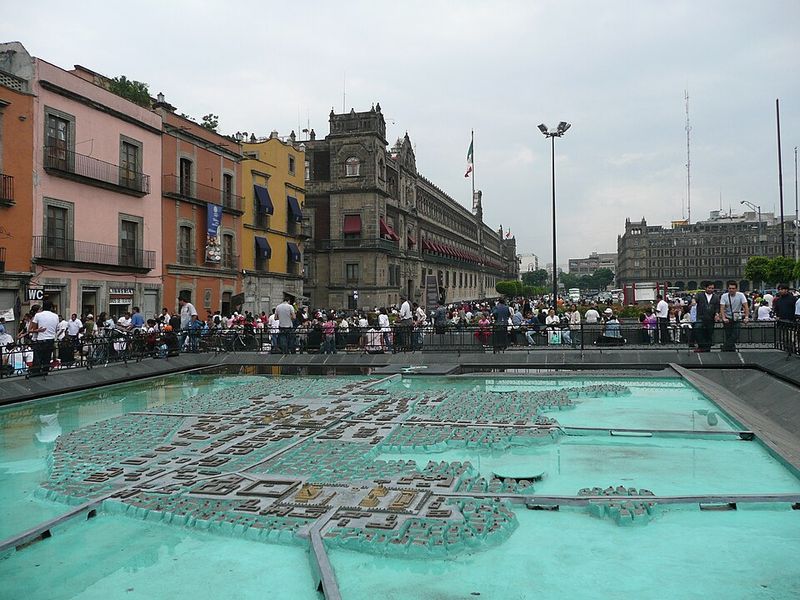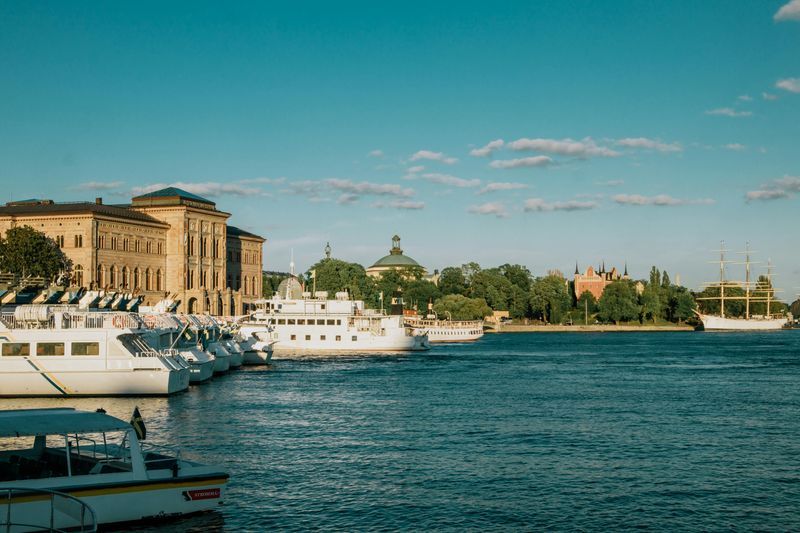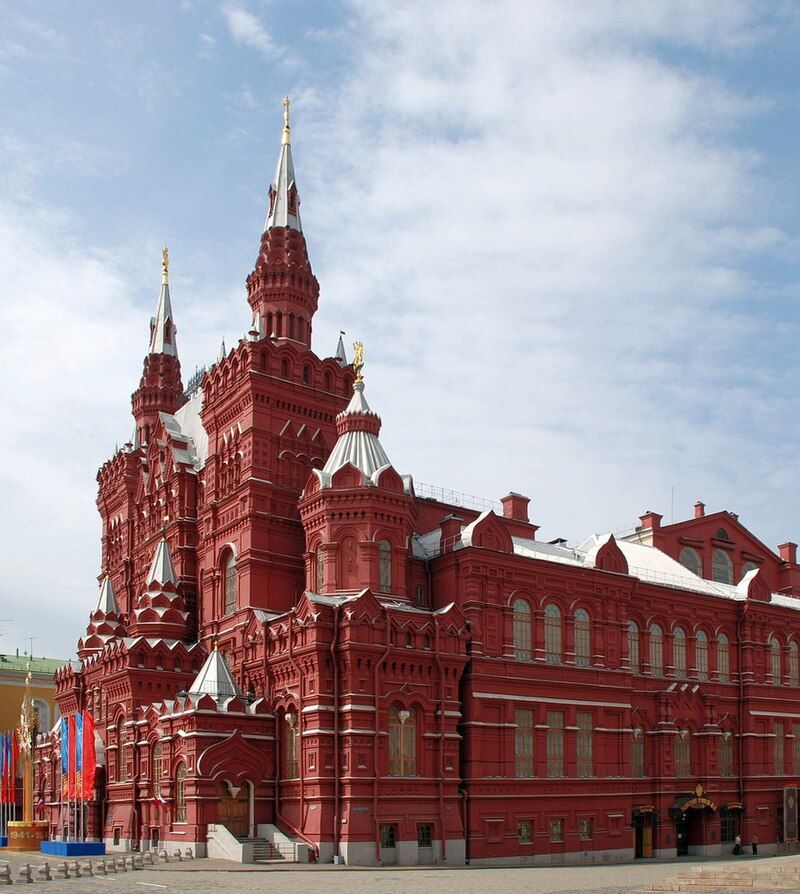Some cities don’t just display culture—they distill centuries of creativity, science, and history into unforgettable museum experiences. Whether you crave Old Masters, boundary-pushing contemporary art, or hands-on science, the right city can turn a weekend into a world tour of ideas. This guide spotlights twelve destinations where museum-going feels thrilling, accessible, and endlessly varied. Read on to plan an itinerary that matches your passions and maximizes your time among masterpieces.
Paris, France
Paris is a powerhouse for museum-lovers, packing over a hundred institutions into a walkable, transit-friendly city. The Louvre alone could occupy days, spanning ancient civilizations to decorative arts, crowned by icons like the Mona Lisa. Just across the Seine, the Musée d’Orsay dazzles with impressionist and post‑impressionist treasures inside a soaring former railway station. Venture further to the Centre Pompidou for modern and contemporary art, Musée de l’Orangerie for Monet’s luminous water lilies, and niche gems like Musée Rodin for sculpture in serene gardens. Paris excels at variety and depth: archaeology, design, photography, fashion, and more. Smart planning lets you string together thematic routes—impressionism one day, medieval and Renaissance the next—enhanced by cafés, river walks, and effortless metro connections.
London, United Kingdom
London sets a high bar with vast, diverse collections and a culture of accessible entry at many flagship museums. Start at the British Museum for sweeping human history, then head to the National Gallery for European painting and the Tate Modern for contemporary heavyweights on the Thames. The Victoria and Albert Museum dazzles with design, fashion, and decorative arts—truly encyclopedic in scope. Science and innovation shine across the Science Museum and the Natural History Museum’s cathedral-like halls. Beyond the big names, specialist museums—transport, war history, gardens, medicine—reward focused interests. London’s transit simplifies ambitious plans: cluster visits in South Kensington or along the Millennium Bridge. Free admission policies at major institutions encourage spontaneous exploration and repeat visits, letting you pace your days thoughtfully.
New York City, USA
New York delivers scale and star power: the Metropolitan Museum of Art stretches across millennia, while MoMA defines modern and contemporary canons. The Guggenheim adds a sculptural spiral and focused, curated experiences, and the Whitney champions American art in a light-filled Meatpacking District home. Venture to the Brooklyn Museum for global collections in a relaxed setting and the American Museum of Natural History for colossal science and specimen displays. Smaller gems—The Frick Collection, The Neue Galerie, the Tenement Museum—offer intimate, themed deep dives. Expect late hours, special exhibitions that reshape narratives, and ambitious programming. With dense neighborhoods and reliable transit, you can craft art-heavy days or mix museums with parks, food, and theater, turning cultural overload into curated discovery.
Tokyo, Japan
Tokyo’s museum scene masterfully blends heritage, pop culture, and innovation. In Ueno Park, the Tokyo National Museum surveys Japanese art and archaeology, while the National Museum of Western Art and the Metropolitan Art Museum expand the picture. The National Museum of Nature and Science invites hands-on discovery, and beyond Ueno, teamLab’s immersive digital art reframes space and perception. Anime, design, and photography institutions reflect contemporary culture with scholarly rigor. Architecture heightens the experience—calm courtyards, minimalist galleries, and inventive lighting. Efficient transit turns the city into a connected cultural campus, making it easy to pair museums with neighborhood food adventures. Expect immaculate presentation and thoughtful curation that respects tradition while embracing the new—Tokyo’s balance is uniquely compelling for exploratory travelers.
Rome, Italy
Rome’s museums feel inseparable from the city’s layered past. The Vatican Museums astonish with the Raphael Rooms and the Sistine Chapel, while the Capitoline Museums connect art to the foundations of the ancient city. At the Galleria Borghese, Bernini’s sculptures radiate energy in intimate rooms, and the National Roman Museum unpacks archaeology across multiple sites. Renaissance and Baroque masterworks coexist with contemporary art in spaces like MAXXI, Zaha Hadid’s dynamic museum of 21st‑century creativity. Wandering between museums threads you past fountains, forums, and piazzas, turning logistics into sightseeing. Plan ahead for timed entries and capacity limits at marquee spots. Rome rewards curiosity: look beyond the headliners for lesser-known palazzi where paintings, frescoes, and decorative arts unfold in situ.
Madrid, Spain
Madrid concentrates excellence along the Paseo del Arte, where three world-class institutions sit within an easy stroll. The Prado anchors European painting with Velázquez, Goya, and Rubens; Reina Sofía reframes modern art around Guernica and avant-garde movements; and the Thyssen fills crucial gaps across eras and styles. Beyond the trio, the Sorolla Museum glows with light-drenched canvases in the artist’s home, and the National Archaeological Museum enriches historical context. Galleries are manageable in scale, with clear narratives and welcoming spaces to pause. Cafés, parks, and late dining hours support leisurely, art-first itineraries. Madrid’s strength is coherence and quality: you can see epoch-defining works in a single day or savor them across a long weekend without feeling rushed.
Amsterdam, Netherlands
Amsterdam offers heavyweight art within a compact, humane scale that’s a gift to museum-goers. The Rijksmuseum anchors Dutch Golden Age painting and decorative arts, while the Van Gogh Museum provides an unparalleled journey through the artist’s evolution. Nearby, the Stedelijk champions modern and contemporary art, rounding out a tight, walkable cluster on Museumplein. Canal-side settings and bike-friendly streets make logistics effortless; you can linger, revisit, and break for coffee without losing momentum. Smaller institutions—FOAM for photography, the Rembrandt House, and maritime museums—deepen the narrative. Time slots help manage crowds, and clear curation keeps visits focused. Amsterdam’s blend of masterpiece density and urban ease turns packed itineraries into pleasant, airy days rich in discovery.
Berlin, Germany
Berlin’s museums mirror a city of reinvention, memory, and artistic experimentation. Museum Island concentrates archaeology and antiquities—the Neues Museum’s Nefertiti bust and the Pergamon’s monumental reconstructions are anchors. Across town, the Gemäldegalerie showcases European painting, while Hamburger Bahnhof probes contemporary art. History museums grapple with the 20th century’s ruptures, offering nuanced, design-forward exhibitions. Admission passes simplify multi-site days, and generous galleries feel approachable rather than overwhelming. Industrial spaces repurposed for culture create a raw yet refined ambiance. Pair museum visits with neighborhood explorations—Mitte, Tiergarten, and Kreuzberg—to absorb Berlin’s layered texture. Expect thoughtful interpretation, strong multilingual labels, and special exhibitions that challenge assumptions without sacrificing clarity.
Venice, Italy
Venice transforms museum-going into an atmospheric voyage where art and architecture intertwine. The Doge’s Palace reveals civic grandeur and political drama, while the Peggy Guggenheim Collection offers a concentrated hit of modernism in a serene palazzo garden. Gallerie dell’Accademia frames Venetian painting, illuminating color, light, and lagoon life. Smaller house-museums and island sites—like Murano’s glass—extend the story through craft and trade. Distances are short, but crowds and tidal rhythms shape timing, making early entries and advance tickets wise. Moving between museums by vaporetto or on foot turns logistics into scenic interludes. Venice may have fewer institutions than capitals, yet the context elevates every object, making each visit feel cinematic and singular.
Mexico City, Mexico
Mexico City’s museum ecosystem is expansive and distinct, rooted in pre‑Columbian heritage and evolving urban culture. The Museo Nacional de Antropología is essential, with monumental artifacts and brilliant interpretive design. Nearby, the Tamayo and Museo Jumex anchor contemporary art with international dialogue, while the Frida Kahlo Museum offers intimate, biographical storytelling in Coyoacán. Architecture—from Brutalist to glassy new-builds—shapes viewing experiences, and neighborhood clusters make it easy to curate themes by day. Expect strong food options and parks between visits, especially in Chapultepec and Roma/Condesa. For travelers seeking perspectives beyond the traditional Eurocentric canon, the city delivers depth, freshness, and a sense of discovery at every scale.
Stockholm, Sweden
Stockholm combines high museum density with calming Scandinavian design and thoughtful curation. The Vasa Museum’s 17th‑century warship is a breathtaking centerpiece of maritime history, while Moderna Museet balances international modern art with Nordic voices. The Nationalmuseum’s decorative arts and painting glow after meticulous renovation. Many museums sit within scenic waterfronts and islands, inviting strolls and ferry rides between stops. Clear signage, family-friendly exhibits, and excellent cafés encourage unhurried exploration. With nearly a hundred museums, you can weave themes—design, photography, history—without overwhelm. Seasonal light shapes mood: winter’s coziness suits in-depth visits, while summer’s long days invite broader itineraries across the archipelago city.
Moscow, Russia
Moscow’s museums reflect imperial splendor, Soviet history, and contemporary reinvention. The State Tretyakov Gallery presents a definitive survey of Russian art—from icons to avant‑garde—while the Pushkin State Museum of Fine Arts connects global canons through painting, sculpture, and antiquities. The Garage Museum of Contemporary Art injects a bold, international outlook in a striking contemporary space. Historical museums contextualize rapid social and political transformations, and design or applied arts collections add texture. Distances are larger than in compact European capitals, so plan transit efficiently and prioritize timed tickets for major shows. Expect robust programming, scholarly catalogues, and vivid narratives that broaden perspectives beyond familiar Western art histories.
